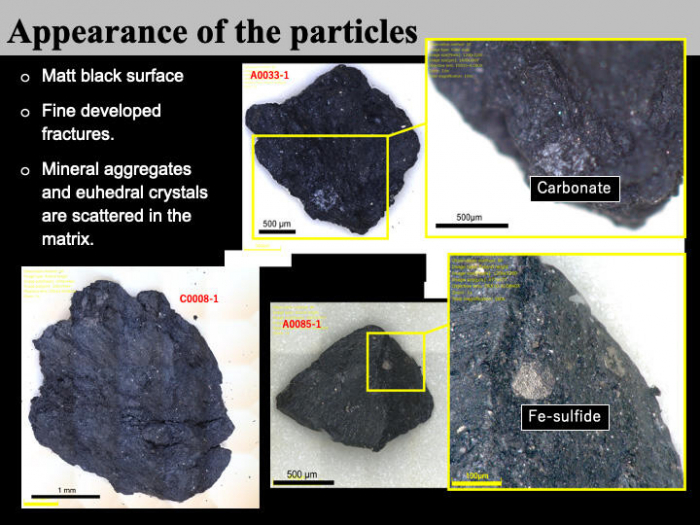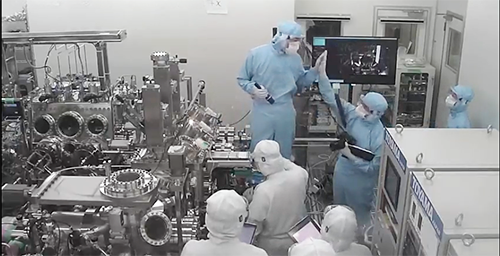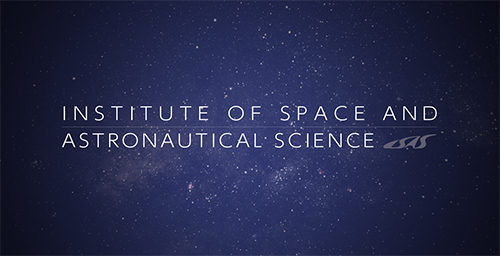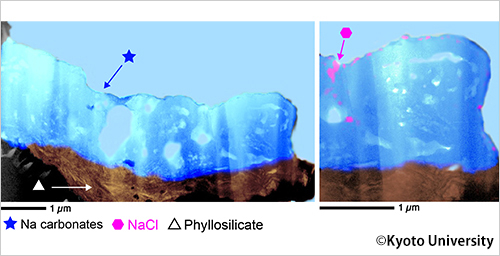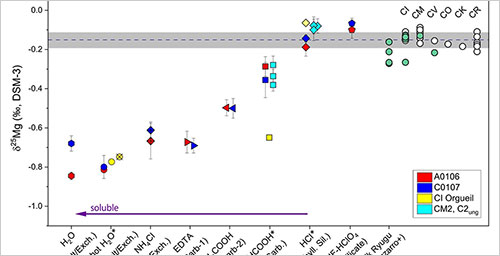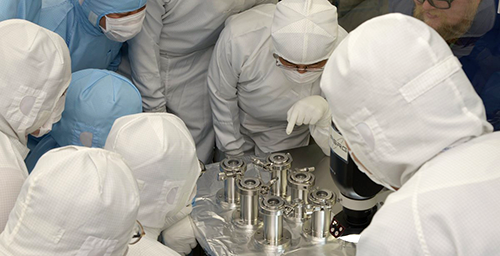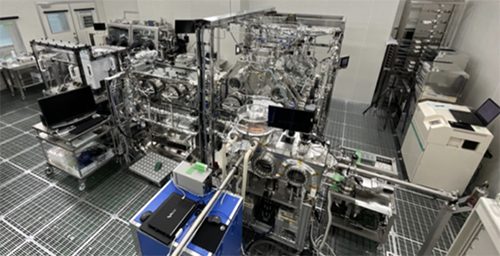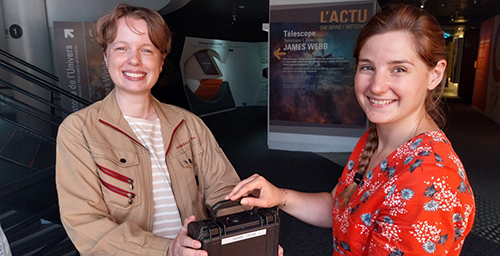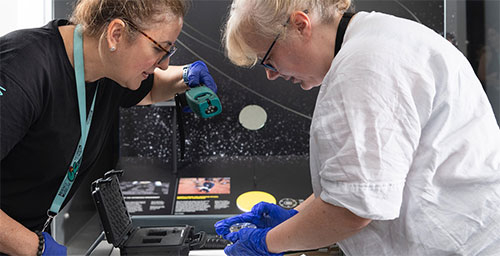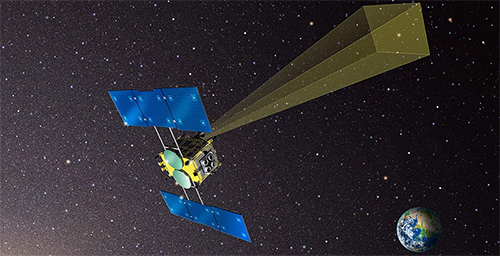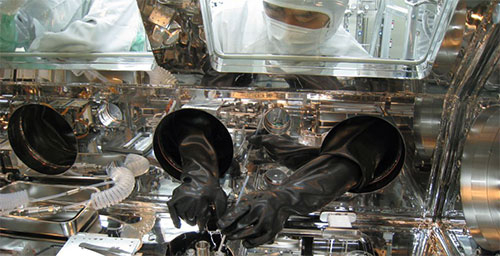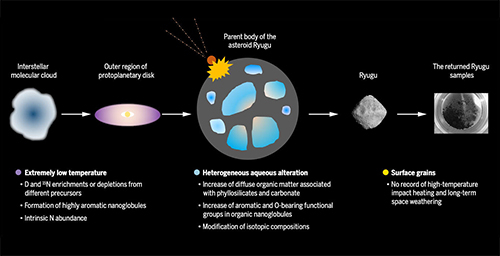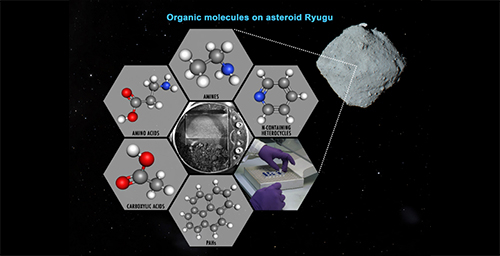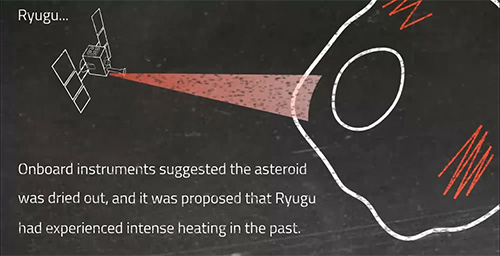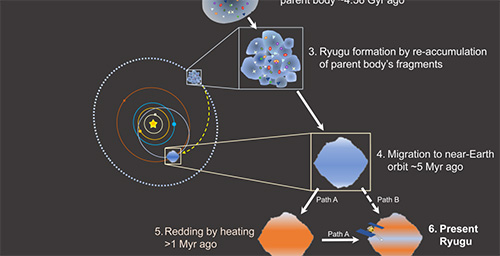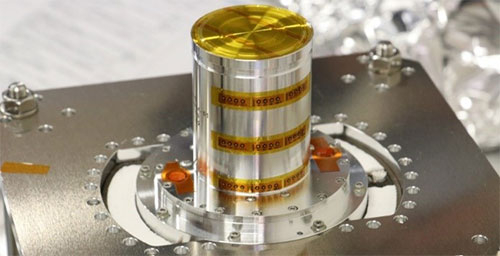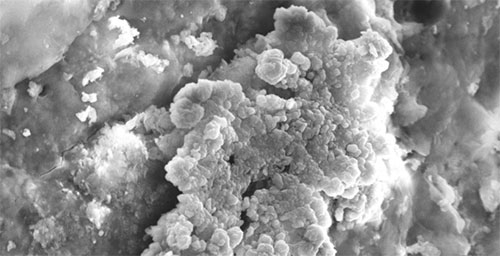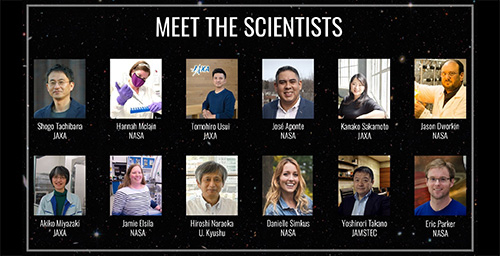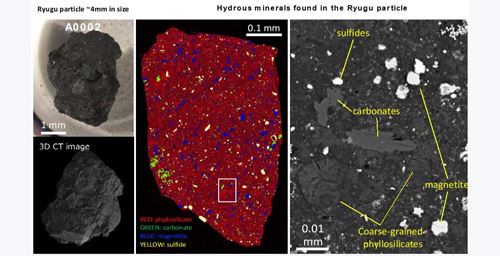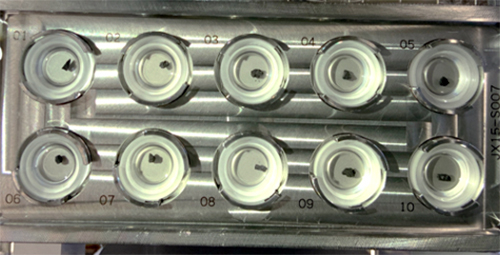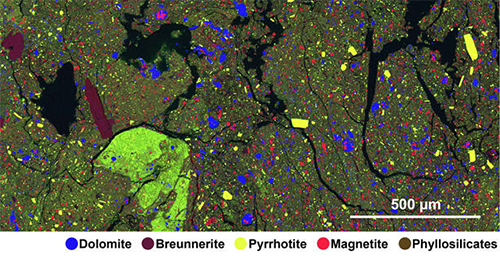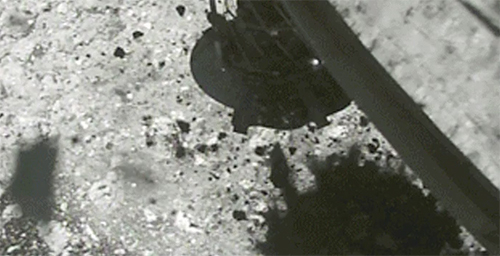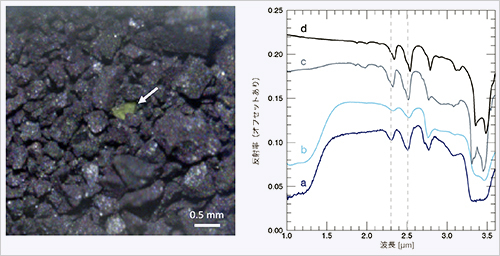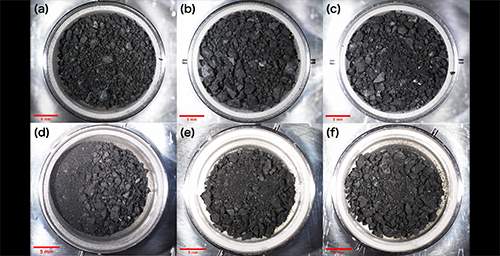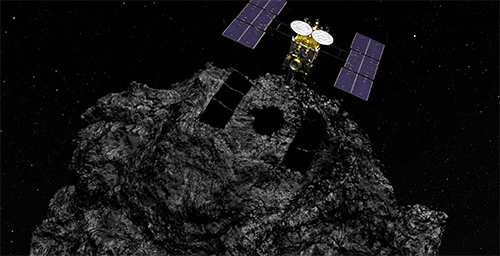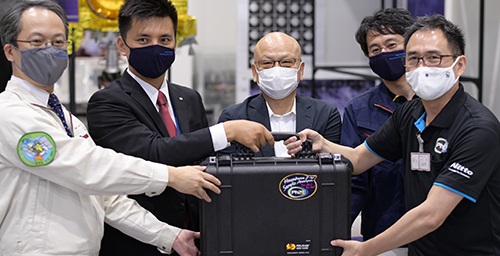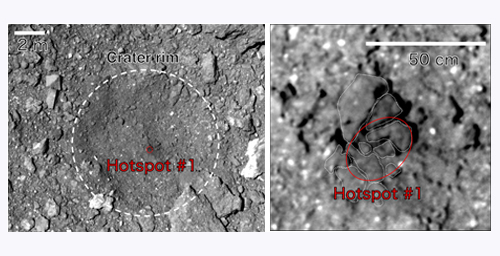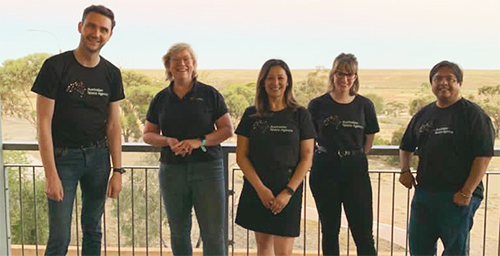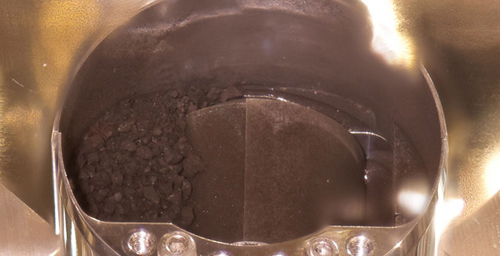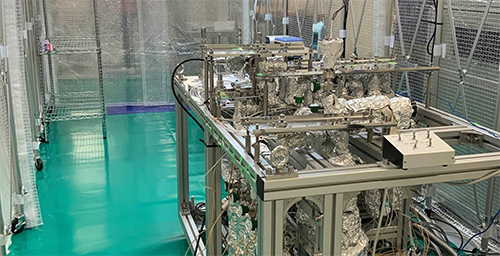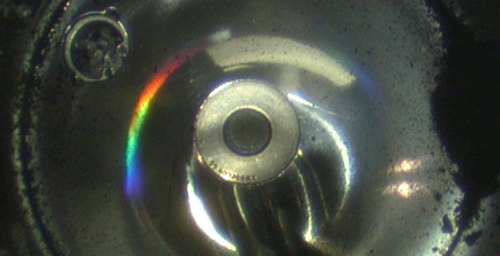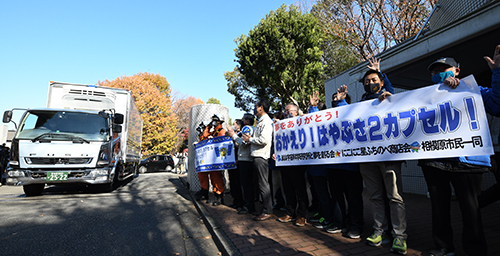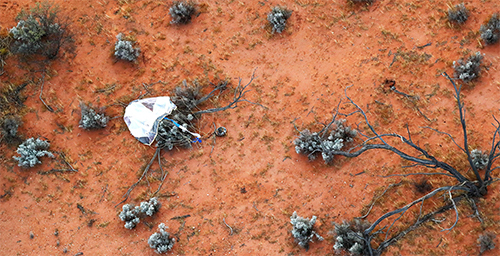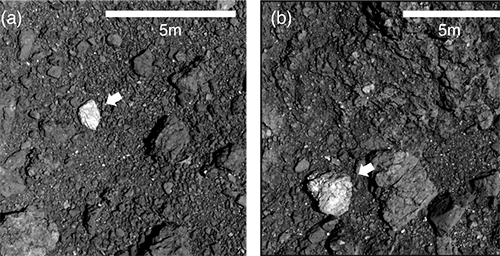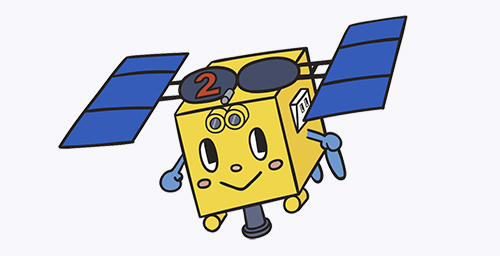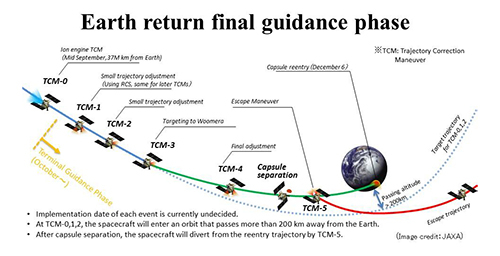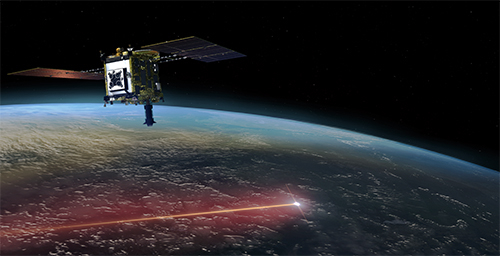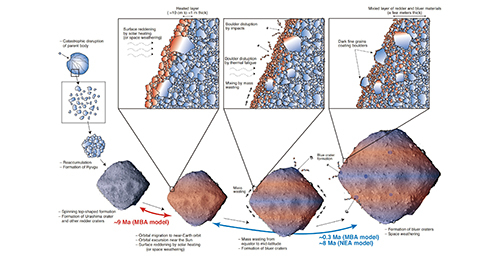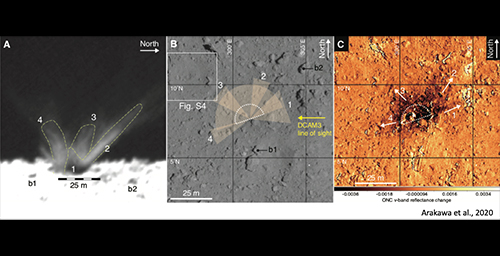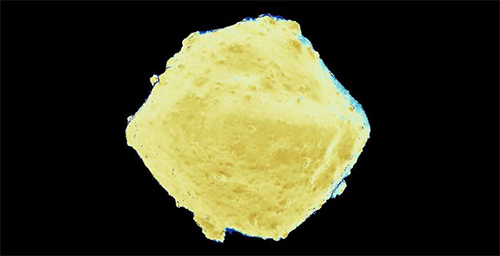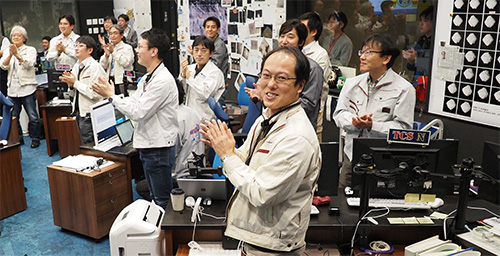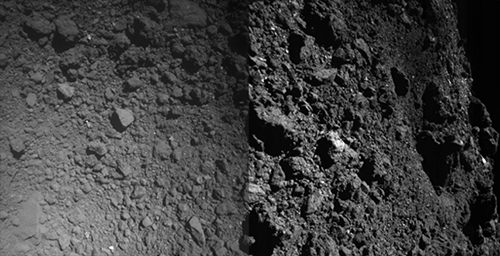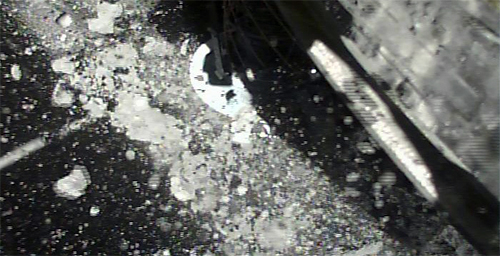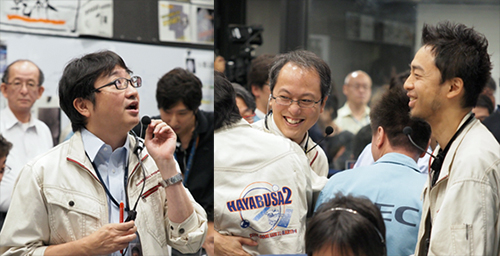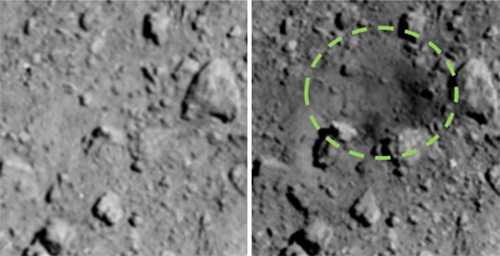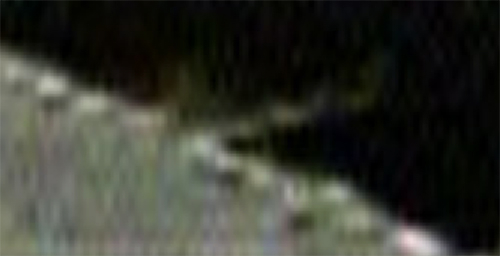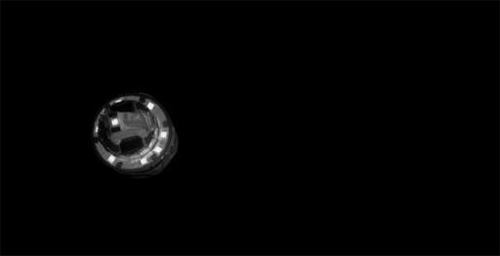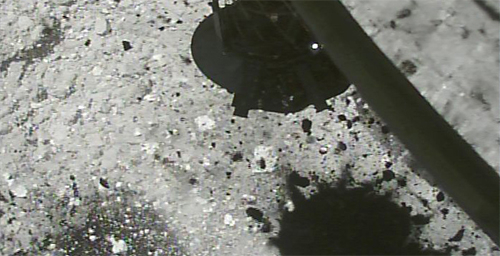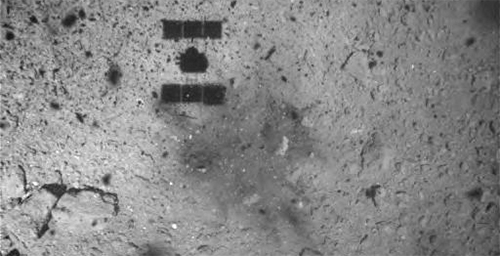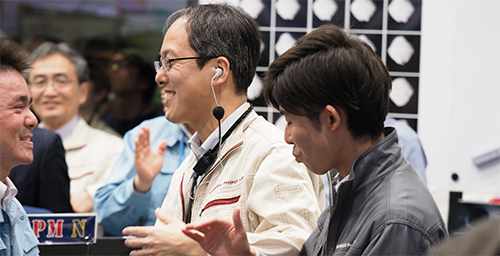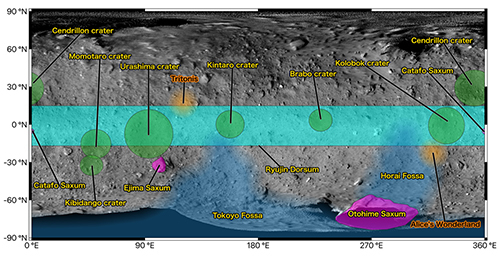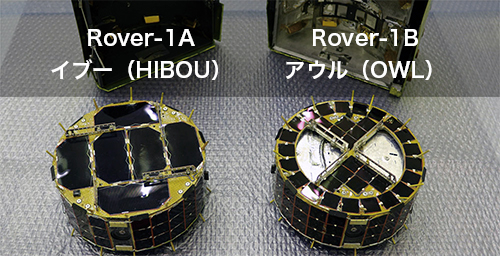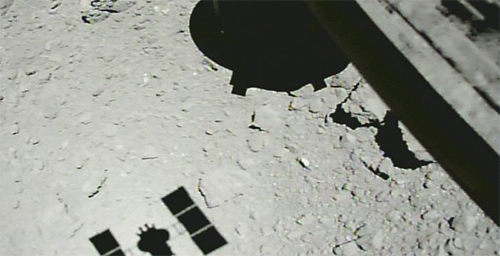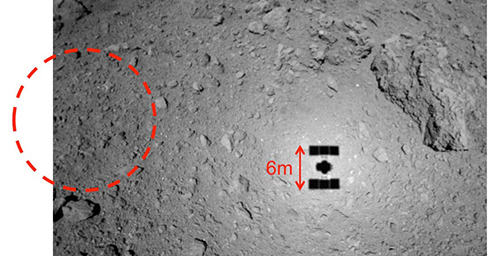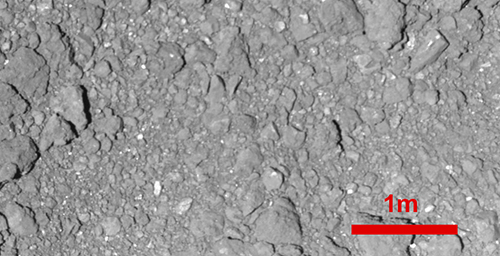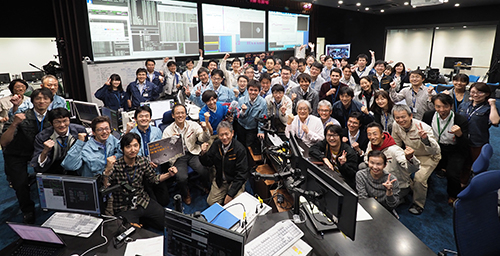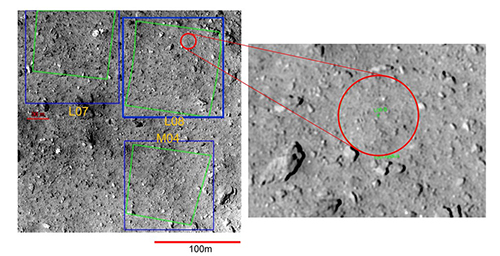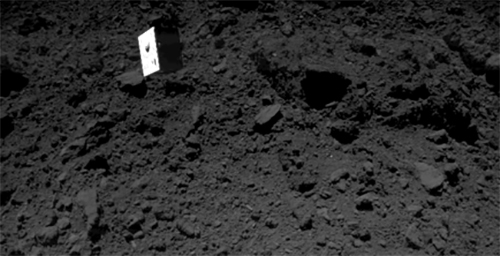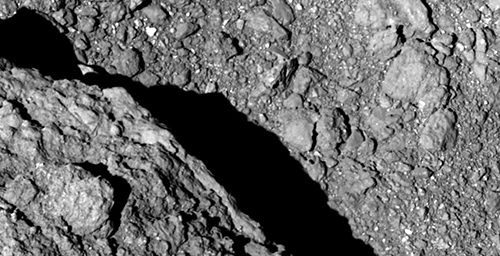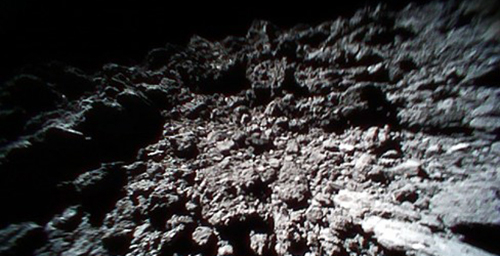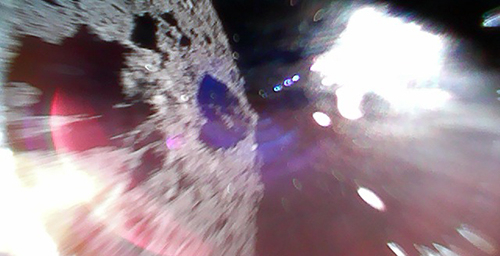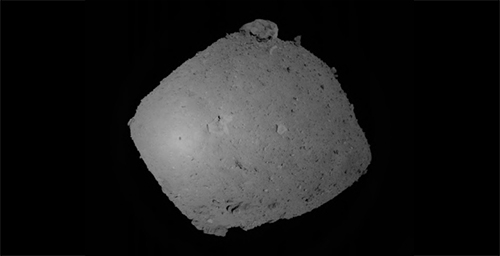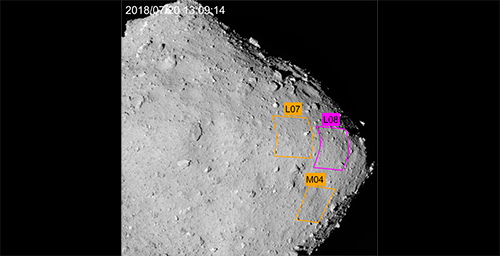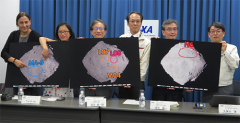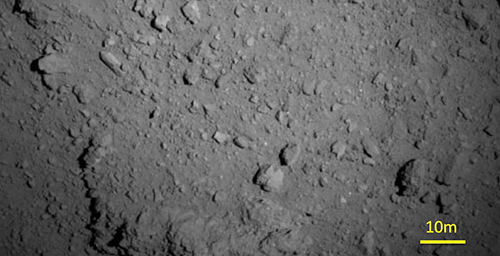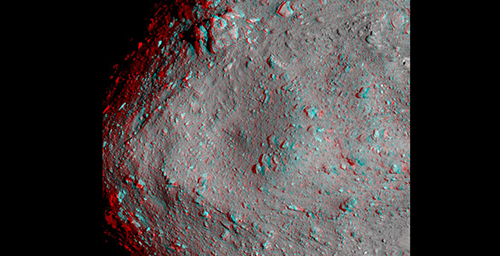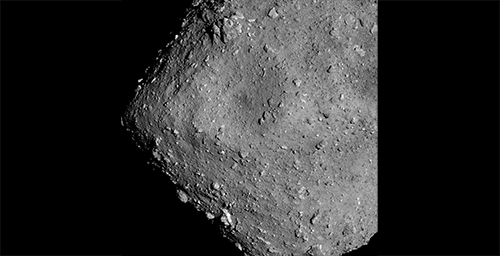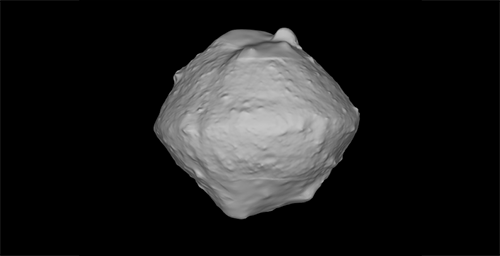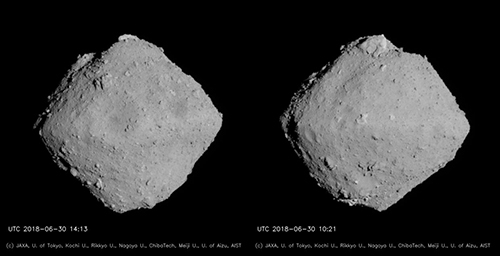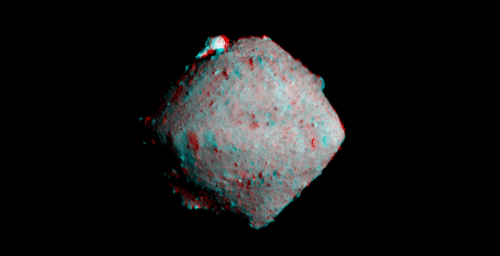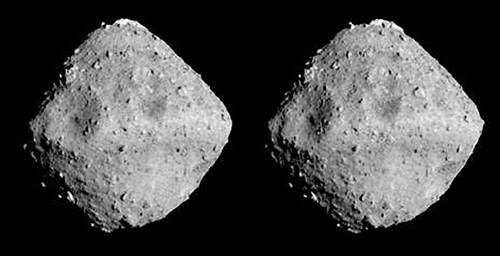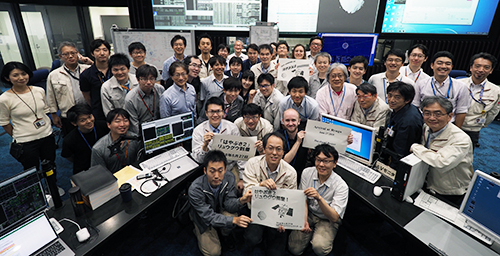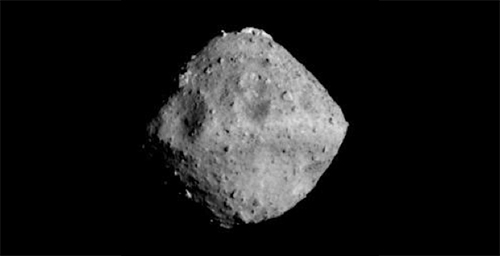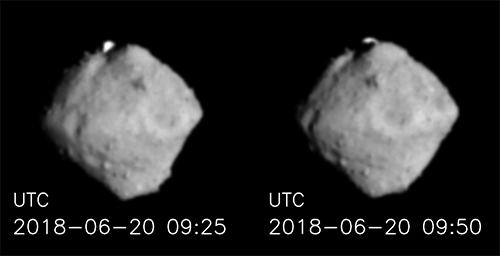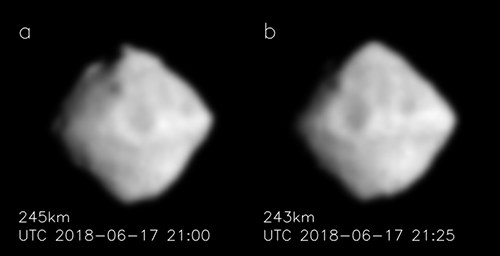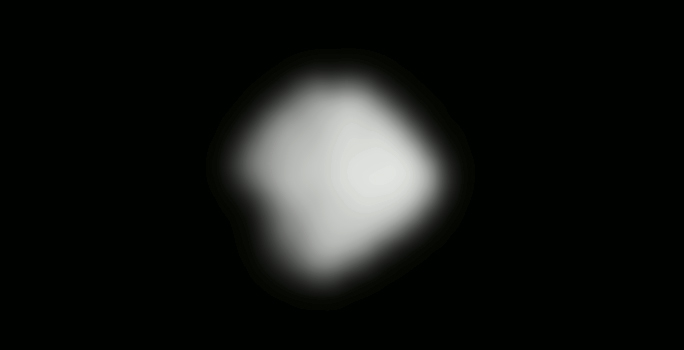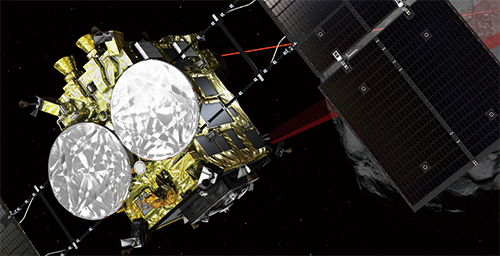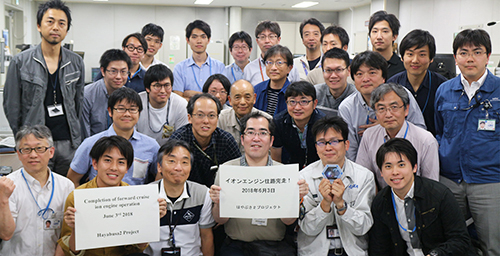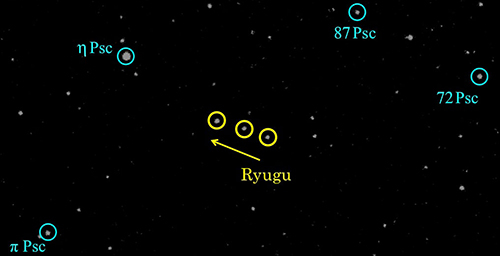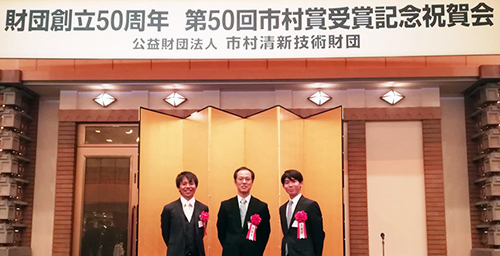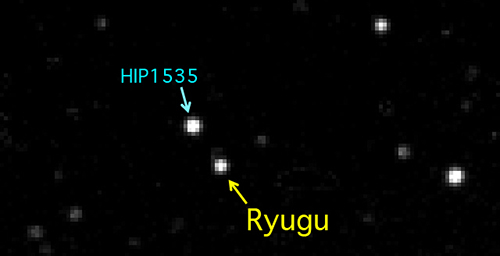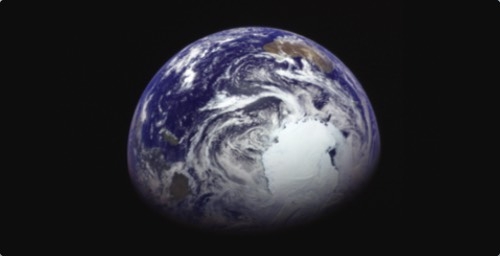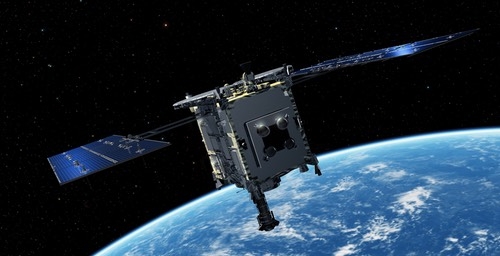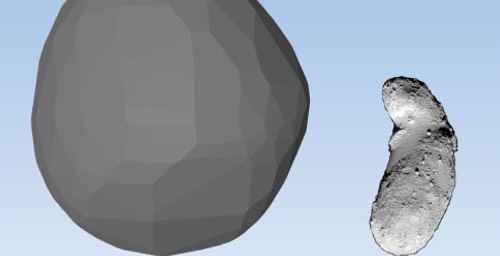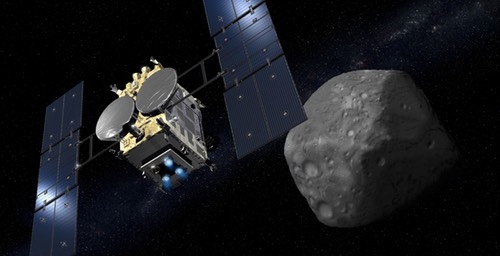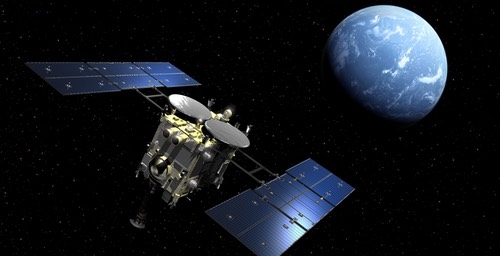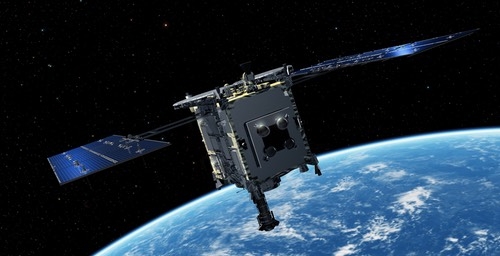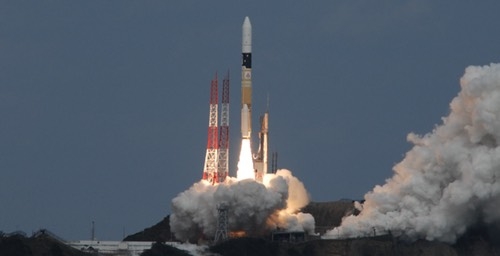Appearance of Ryugu grains. The grains have black matte surface with fine fractures (left). Mineral aggregates and euhedral crystals are scattered through a fine-grained dense matrix (right). (c) Nakamura et al. (2022)
Sample analysis of material returned from asteroid Ryugu through the efforts of the Hayabusa2 Project Team are being carried out by the Hayabusa2 Initial Analysis Team, which consists of 6 sub-teams, and two Phase-2 curation institutions, Okayama University and the Japan Agency for Marine-Earth Science and Technology (JAMSTEC) Kochi Institute for Core Sample Research. This paper summarises research results from the Okayama University Phase-2 curation that was published in the Proceedings of the Japan Academy on June 10, 2022.
Paper title:On the origin and evolution of the asteroid Ryugu: A comprehensive geochemical perspective
Journal: Proceedings of The Japan Academy, Series B. Vol 98, No. 6, pp.227-282
DOI: 10.2183/pjab.98.015
On the origin and evolution of the asteroid Ryugu: A comprehensive geochemical perspective
Research Summary
A detailed comprehensive geochemical analysis was performed on 16 grains recovered from asteroid Ryugu, the target of the Japanese asteroid explorer Hayabusa2 mission. The results revealed that the asteroidal material sample retains evidence of complex physico-chemical processes that occurred from before the formation of the Solar System through to the present, providing a new picture of the evolution of material in the Solar System, including that of the origin of life.
Research highlights
- For the first time, a comprehensive geochemical analysis has been carried out on the sample returned from the C-type asteroid Ryugu, which was believed to contain a substantial quantity of organic matter.
- The sample is the least contaminated asteroid material on Earth. It was recovered from two sites on asteroid Ryugu, and has been analysed from a geological perspective.
- The sample is mainly composed of hydrous phyllosilicate minerals, with a porosity of approximately 50%.
- The chemical composition of the asteroid is similar to that of CI chondrites. It has also been confirmed that the sample contains material collected not only from the surface of Ryugu, but also from the interior material that was ejected as a result of the formation of the artificial crater.
- Contamination from the tantalum projectiles used during the sampling was seen in part of the sample, but no contamination from the copper impactor (SCI: Small Carry-on Impactor) that was used to create the artificial crater was observed.
- Micron-sized organic material originating from interstellar clouds showing hydrogen, carbon and nitrogen isotopic anomalies was detected.
- Amino acids and other organic matter associated with the origin of life were detected.
- Primordial features were retained in the sample, including from the interstellar material and precursors to the Solar System that formed the primordial Solar System.
- The precursor body of the asteroid Ryugu is an icy body (ice precursor) in which ice-rich dust containing organic matter and silicates accumulated in the outer Solar System.
- The ice precursor was several tens of kilometers in size and experienced aqueous alteration during a period up to about 2.6 million years after the formation of the Solar System.
- The ice precursor fragmented and formed a comet nucleus of about several kilometres in size. This celestial body then moved into a near-Earth orbit. Sublimation of the comet nucleus ice, reduction of the body size and redisposition of material from gas, resulted in the formation of a low-density material with many voids.
- Organic material is ubiquitous in the sample, and has been subjected to space weathering from cosmic rays and solar wind irradiation, which determines the albedo (reflective) properties of the asteroid surface.
For details, please see the JAXA press release.

